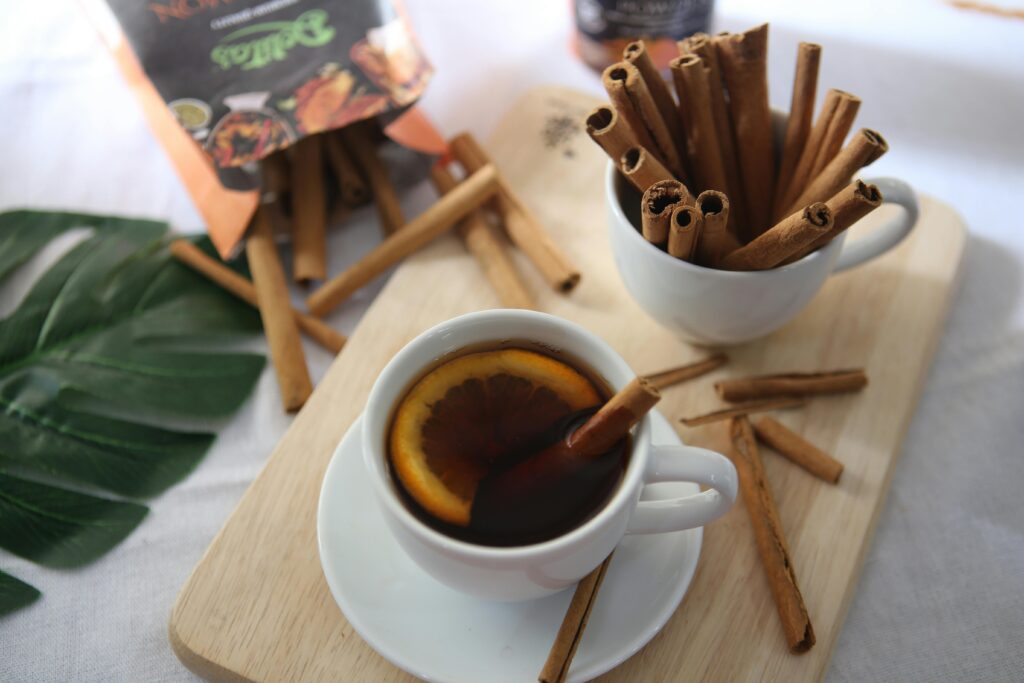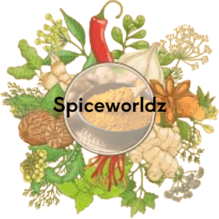CINAMON (DAL CHINI)

Cinnamon (Dal Chini): A Spice of Rich History and Versatile Uses
Cinnamon, known as “Dal Chini” in Hindi, is a beloved spice renowned for its warm, sweet flavor and delightful aroma. It has been cherished for centuries, not only for its culinary applications but also for its medicinal properties. Derived from the inner bark of trees belonging to the genus Cinnamomum, cinnamon has been used in various cultures around the world. The unique blend of flavor and health benefits makes it a staple in kitchens globally, and its rich history continues to intrigue spice enthusiasts.
Origin of Cinnamon
Cinnamon has a storied past that dates back thousands of years. Its origins can be traced to Sri Lanka, where the Cinnamomum verum tree, also known as true cinnamon or Ceylon cinnamon, is predominantly cultivated. This variety is highly prized for its delicate flavor and complex aroma. Other types, such as Cassia cinnamon (Cinnamomum cassia), are widely produced in countries like China, Indonesia, and Vietnam. Historically, cinnamon was a highly sought-after commodity, traded along ancient spice routes. It was once more valuable than gold and was used not only in cooking but also in religious rituals, medicine, and preservation.
Today, India is one of the leading producers of cinnamon, especially in states like Kerala, Tamil Nadu, and Karnataka. The unique climate and soil conditions in these regions provide an ideal environment for cultivating high-quality cinnamon. Kerala, in particular, is famous for its Ceylon cinnamon, which is known for its superior taste and aroma.

Ten Uses of Cinnamon (Dal Chini)
Culinary Spice: Cinnamon is a versatile ingredient used in both sweet and savory dishes. It enhances the flavor of baked goods, such as cakes, cookies, and pastries, and adds warmth to savory dishes like curries and stews.
Beverages: Cinnamon is a popular addition to various beverages. It can be sprinkled on coffee or hot chocolate for added flavor or steeped in herbal teas for a comforting drink.
Natural Preservative: The antimicrobial properties of cinnamon make it an effective natural preservative. It is often used in pickling and canning to help extend the shelf life of foods.
Health Benefits: Cinnamon is known for its numerous health benefits. It is rich in antioxidants and has anti-inflammatory properties, which may help lower the risk of chronic diseases. It is also believed to support heart health and regulate blood sugar levels.
Weight Management: Some studies suggest that cinnamon may aid in weight management by boosting metabolism and enhancing the body’s ability to burn fat. Adding it to meals can create a feeling of fullness, reducing the likelihood of overeating.
Digestive Aid: Cinnamon has been traditionally used to alleviate digestive issues. It may help relieve bloating, gas, and indigestion, making it a valuable addition to post-meal beverages.
Aromatherapy: The warm and inviting aroma of cinnamon makes it a popular choice in aromatherapy. Cinnamon essential oil is often used in diffusers to create a cozy atmosphere and may have mood-enhancing properties.
Skincare: Due to its antimicrobial properties, cinnamon is sometimes included in skincare products. It can help combat acne and promote a clearer complexion when used in masks or scrubs.
Cinnamon Stick Crafts: Beyond culinary uses, cinnamon sticks can be used in craft projects. They can be incorporated into wreaths, potpourri, or decorative centerpieces, adding both fragrance and aesthetic appeal.
Traditional Medicine: In various cultures, cinnamon has been used in traditional medicine for its healing properties. It is often included in herbal remedies to treat colds, sore throats, and respiratory issues.


Major Producing States in India
In India, the primary cultivation of cinnamon occurs in the southern states, particularly Kerala, which is the largest producer of true cinnamon (Ceylon cinnamon). The coastal climate and rich, loamy soil of Kerala provide an ideal environment for growing this spice. Tamil Nadu and Karnataka also contribute significantly to cinnamon production, particularly Cassia cinnamon.
The cultivation process is labor-intensive, requiring skilled hands to harvest the bark without damaging the tree. After harvesting, the bark is carefully dried and rolled into quills, which are then sorted based on quality. The spice is not only essential for culinary uses but also serves as a source of livelihood for many farmers in these regions.
In conclusion, cinnamon (Dal Chini) is much more than just a spice; it is a treasure trove of flavor, history, and health benefits. Its rich origin and versatile uses make it a staple in kitchens around the world, while its cultivation in India highlights the country’s agricultural heritage. Whether you sprinkle it on your morning oatmeal or brew it in a comforting tea, cinnamon continues to enchant and nourish, proving its timeless appeal.
